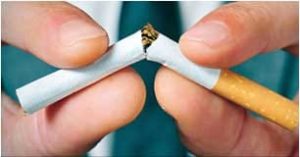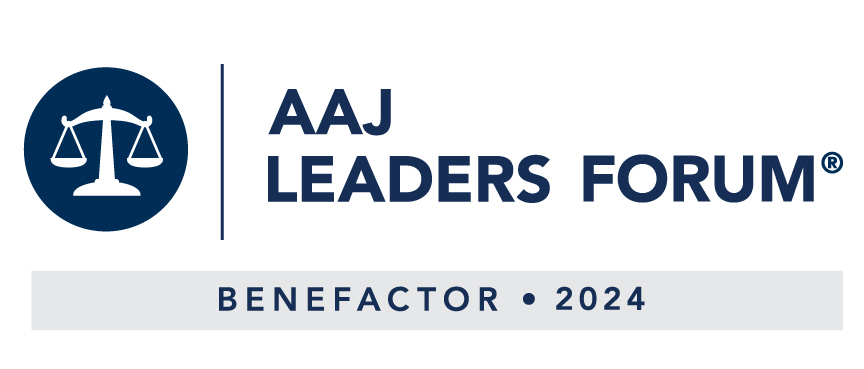Secondhand Smoke Causes Lung Cancer
What is Secondhand Smoke?
Known as environmental tobacco smoke, secondhand smoke is a mixture of the smoke exhaled by smokers (mainstream smoke) as well as the fumes given off by cigarettes, cigars, and pipes (side stream smoke). Composed of over 3,000 chemicals, secondhand smoke contains more than 250 known toxins and more than 50 carcinogens ( Secondhand Smoke Fact Sheet – CDC). Nicotine, carbon monoxide, and other cigarette tar ingredients are among the substances in secondhand smoke that have been linked to lung cancer.

The Dangers of Secondhand Smoke
In 1992, an EPA report classified secondhand smoke as a carcinogen. Nine years later, the International Agency for Research on Cancer ( IARC) reached the same conclusion on secondhand smoke’s dangers. The National Institute of Health specifically links secondhand smoke to lung cancer ( Health Effects of Exposure to Environmental Tobacco Smoke), and even brief exposure to secondhand smoke has immediate adverse effects on the cardiovascular system, increasing the risk of heart disease and lung cancer.
“The health effects of secondhand smoke exposure are more pervasive than we previously thought,” said former Surgeon General Richard Carmona (News Release, June 27, 2006). “The scientific evidence is now indisputable: secondhand smoke is not a mere annoyance. It is a serious health hazard that can lead to disease and premature death in children and nonsmoking adults.”
Secondhand Smoke Can Cause Lung Cancer, Heart Disease
Among adults in the U.S., over 3,000 lung cancer deaths and 35,000 deaths from heart disease occur each year due to secondhand smoke, according to the National Cancer Institute ( NCI). Nonsmokers exposed to secondhand smoke increase their chances of developing heart disease by 25% to 30%.
In addition to its impact on heart disease, secondhand smoke can greatly increase the risk of developing lung cancer. According to studies by the Surgeon General, nonsmokers exposed to secondhand smoke had an increased lung cancer risk of 20%–30% when living with a smoker. The dangers of secondhand smoke are not limited to the home, as the cancer risk extends to all secondhand smoke exposure, regardless of the exposure location. (See Cancer Among Adults from Exposure to Secondhand Smoke).
Effects of Secondhand Smoke on Children
In the United States, secondhand smoke is responsible for more than 300,000 annual cases of bronchitis and pneumonia in children under 18 months old, according to the Environmental Protection Agency. It causes and aggravates childhood asthma, has been linked to Sudden Infant Death Syndrome ( SIDS), respiratory problems, and ear infections. Because their bodies are still growing, children and infants are especially vulnerable to secondhand smoke.
Childhood exposure to tobacco smoke also contributes to nervous system problems and to heart disease in adulthood. Secondhand smoke, is a “real and substantial threat to child health, causing death and suffering throughout the world” according to the World Health Organization.
Tobacco Industry Attempted to Influence Media Reports on Secondhand Smoke
Tobacco industry documents reveal how cigarette manufacturers have tried and succeeded in influencing media reports about secondhand smoke ( Prev Med. 2004 Sep; 39(3): 568–80). According to internal documents, the companies recruited teams of journalists to write news articles that undermined the Environmental Protection Agency’s warnings about secondhand smoke and supported the tobacco industry’s position.
Working on behalf of Philip Morris, a public relations firm suggested building doubt about an Environmental Protection Agency ( EPA) report on secondhand smoke. Besides concentrating on “one–on–one opportunities with journalists,” the firm recommended “carefully tailored, authored, placed pieces” questioning the competence of the EPA.
More Information About Secondhand Smoke
Education is the first step to limiting the health risks associated with secondhand smoke. With conflicting information pushed by the tobacco industry, factual information sources outlining the health risks of secondhand smoke are of even greater importance for public safety and health. The following resources have been selected to help educate the general public of the dangers posed by secondhand smoke.









